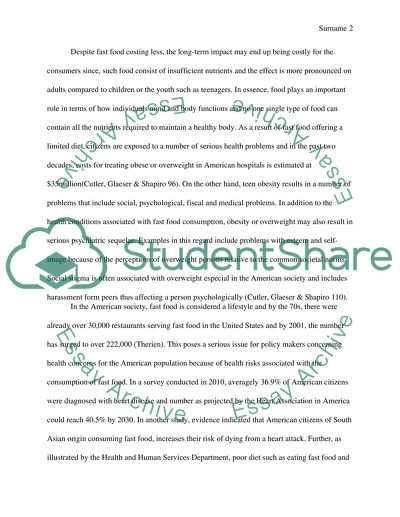Cite this document
(“Should Americans be discouraged or even prevented from consuming fast Admission/Application Essay”, n.d.)
Retrieved de https://studentshare.org/english/1492413-should-americans-be-discouraged-or-even-prevented
Retrieved de https://studentshare.org/english/1492413-should-americans-be-discouraged-or-even-prevented
(Should Americans Be Discouraged or Even Prevented from Consuming Fast Admission/Application Essay)
https://studentshare.org/english/1492413-should-americans-be-discouraged-or-even-prevented.
https://studentshare.org/english/1492413-should-americans-be-discouraged-or-even-prevented.
“Should Americans Be Discouraged or Even Prevented from Consuming Fast Admission/Application Essay”, n.d. https://studentshare.org/english/1492413-should-americans-be-discouraged-or-even-prevented.


